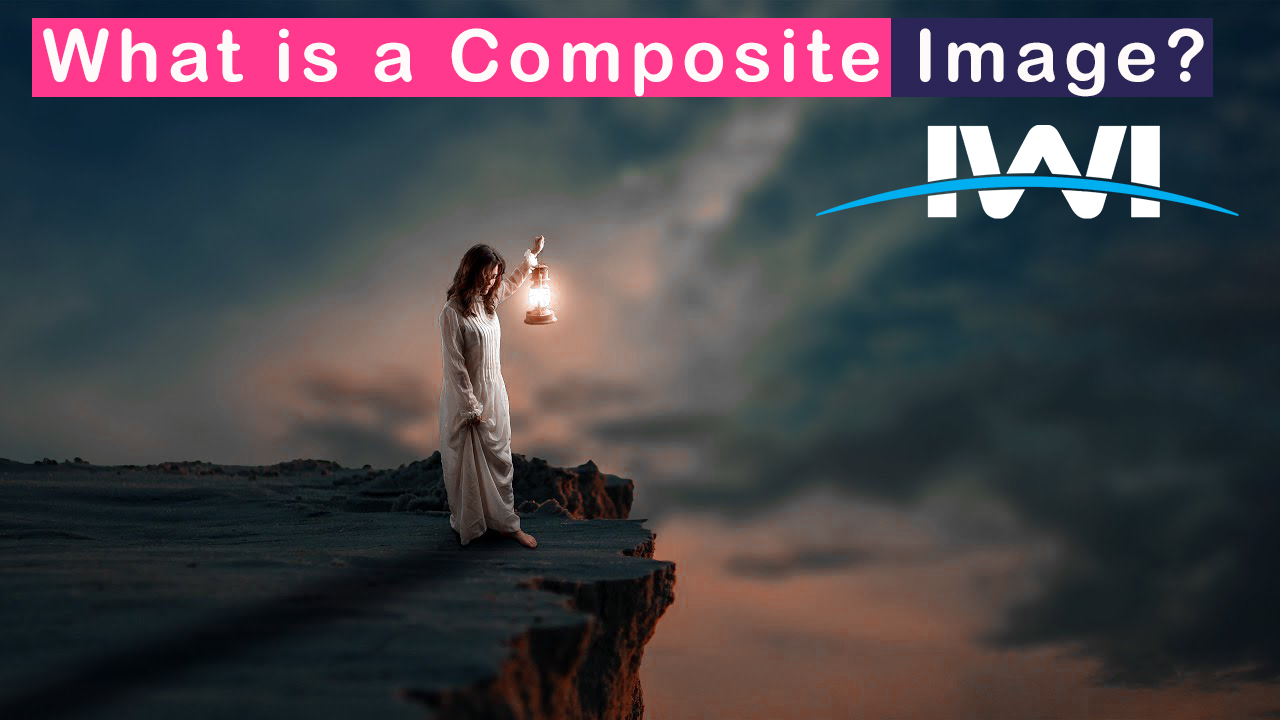
What is a Composite Image?
What is a Composite Image ?
A number of different pictures are combined to form a composite image. Though multiple layers are used to merge the photograph to form a single image, the viewer will only see the combined image, and will not be aware that multiple photographs were used. A composite image differs from a collage which usually has a story or theme. The collage consists a number of images which are placed together to convey the theme, each image remains separate. On the other hand, elements from different pictures are combined to create composite images. The different elements are integrated in a seamless manner to create the final composite image.
One of the most widely used composite images used in the media are head swaps. Some of the composite images are simple, since they only combine a few images together. In other cases, the photo editor may decide to create an extremely complex image, using hundreds of images and layers. All forms of photography are using composite images. A business can reduce the cost of creating images for portraits, advertising campaigns and other applications using composite images.
One example of how composites are used is when a company wishes to feature models wearing their outdoor clothing walking in a forest, when there is a rain storm in their advertisement. Taking photographs of the models in the forest when it is raining will be expensive due to the travel and other expenses. There may also be delays since weather is unpredictable. Hence it may be cheaper to photograph the models wearing the clothes on a blank screen. The photo of the models can be combined with images of rain, mist, forest to form a composite image, which appears to be realistic.
Corel Paintshop Pro X9, Photoshop are some of the programs which are used to create composite images. The person creating the images should be skilled in Photoshop and be proficient in its various features like clipping tools, layer masking and more. Only skilled professionals can create high quality composite images. A Youtube video created by Erik Johansson has a demonstration of a few of the the most complex composite images being created till date.

Don’t include the feet
Light the subject properly
Make great selections
Balance the color, contrast, and saturation
Wrap light around the subject
Composite Image Editing Service Provider
ImageworkIndia is a professional composite image editing service company that has been operating with several worlds known media, fashion, printing, e-commerce, photography, and different artistic agencies for the last five years. we’ve 120+ trained image editors who are overtimes giving their best efforts for the most effective composite image editing expertise. Currently, we are able to provide you 1000+ images per day and therefore the expected work time is 12-24 hours.
We offer you are quality and very helpful with your business requirements, we will also ensure we give you fair prices are quotes for services given that you can comfortably afford once you choose us as your background removal service provider. If you want to learn anything else related with our business including the other solutions we provide or the way to link with us when hunting for a composite image editing service provider in the world, kindly contact us now for a consultation and quote on the various solutions we offer.




Albert S. Sandoval
This is not definition rather explanation is really awesome easier to memorize. Learners need this kind of lesson as if they can be profited following instruction. Thank you.
Image Work India
Thanks for your positive response